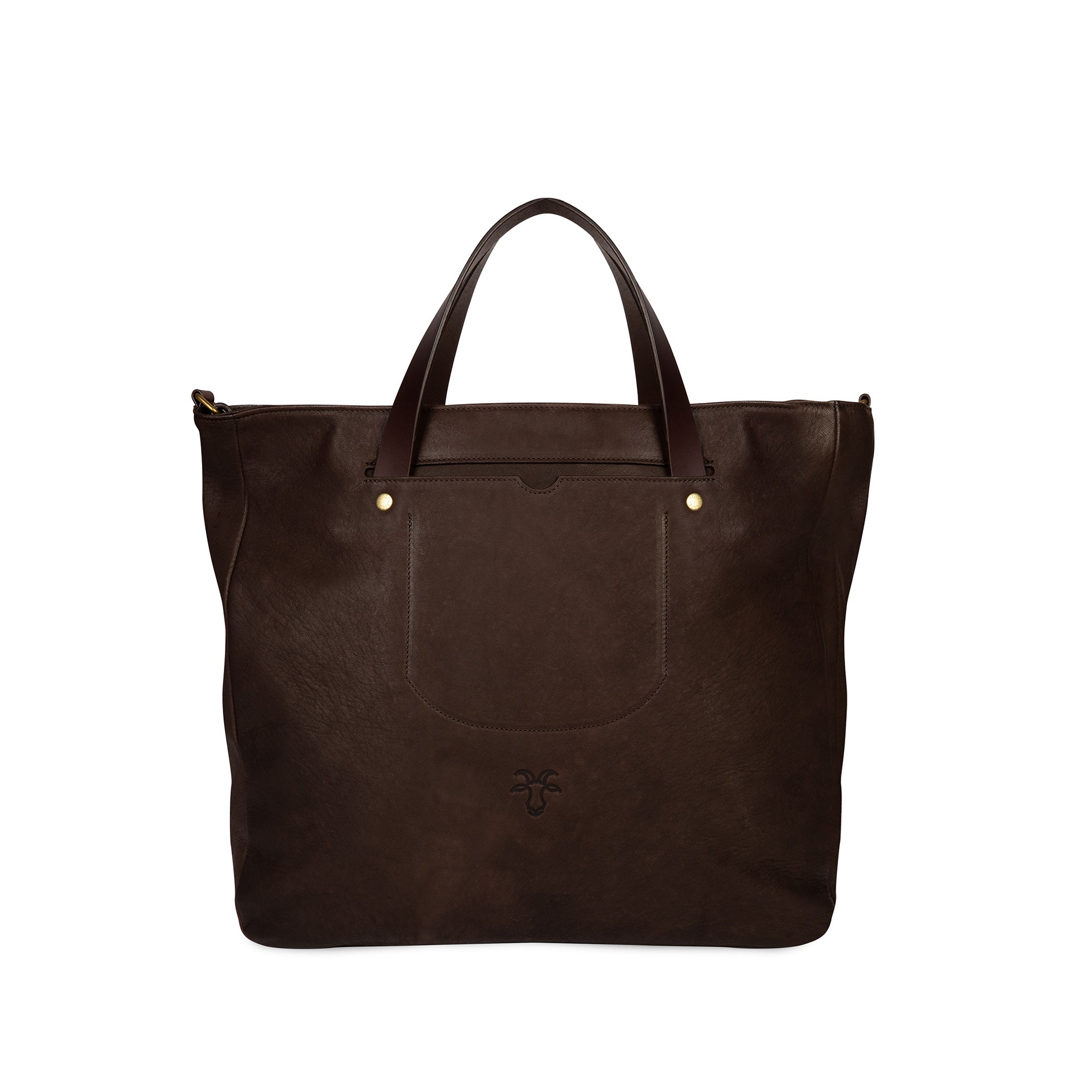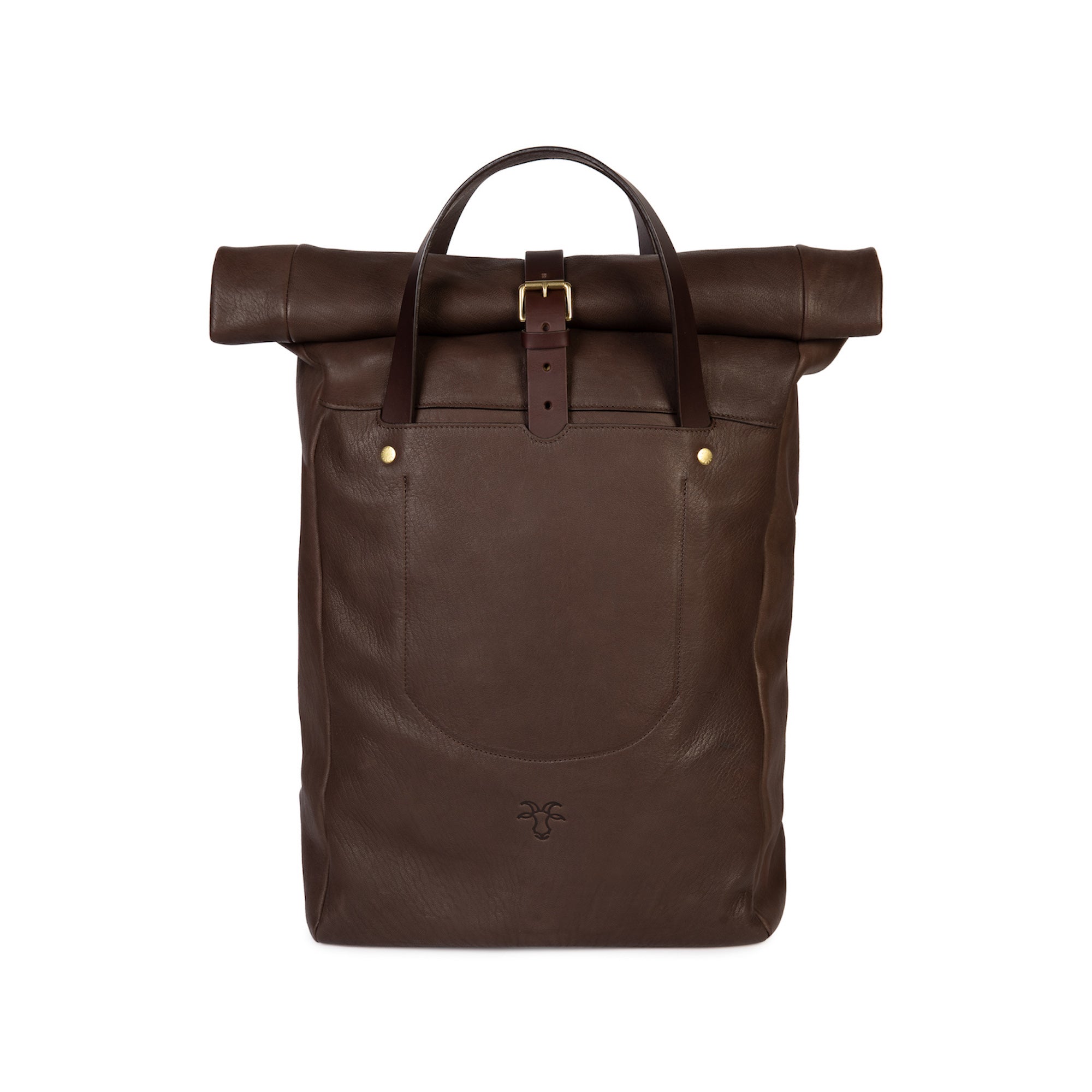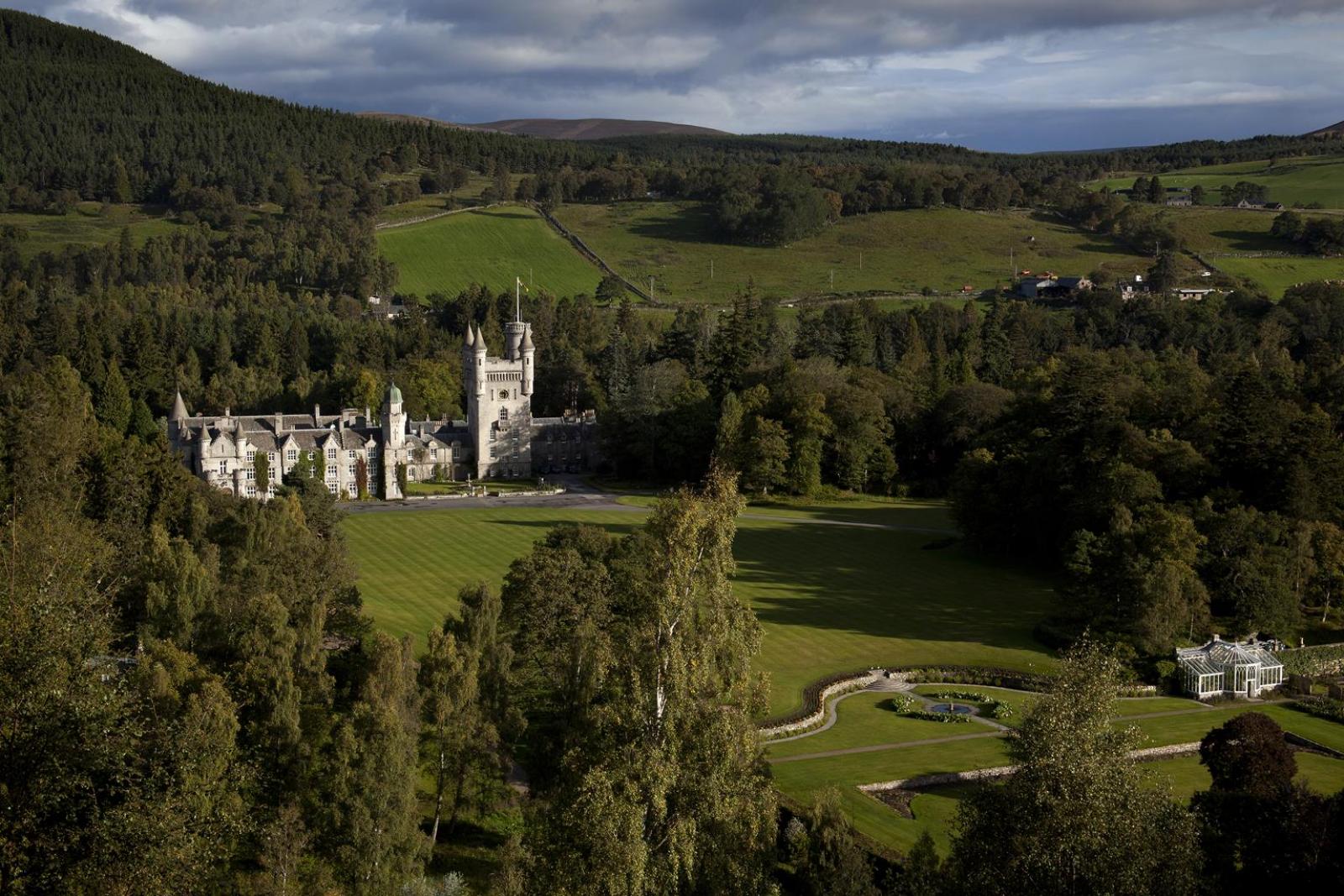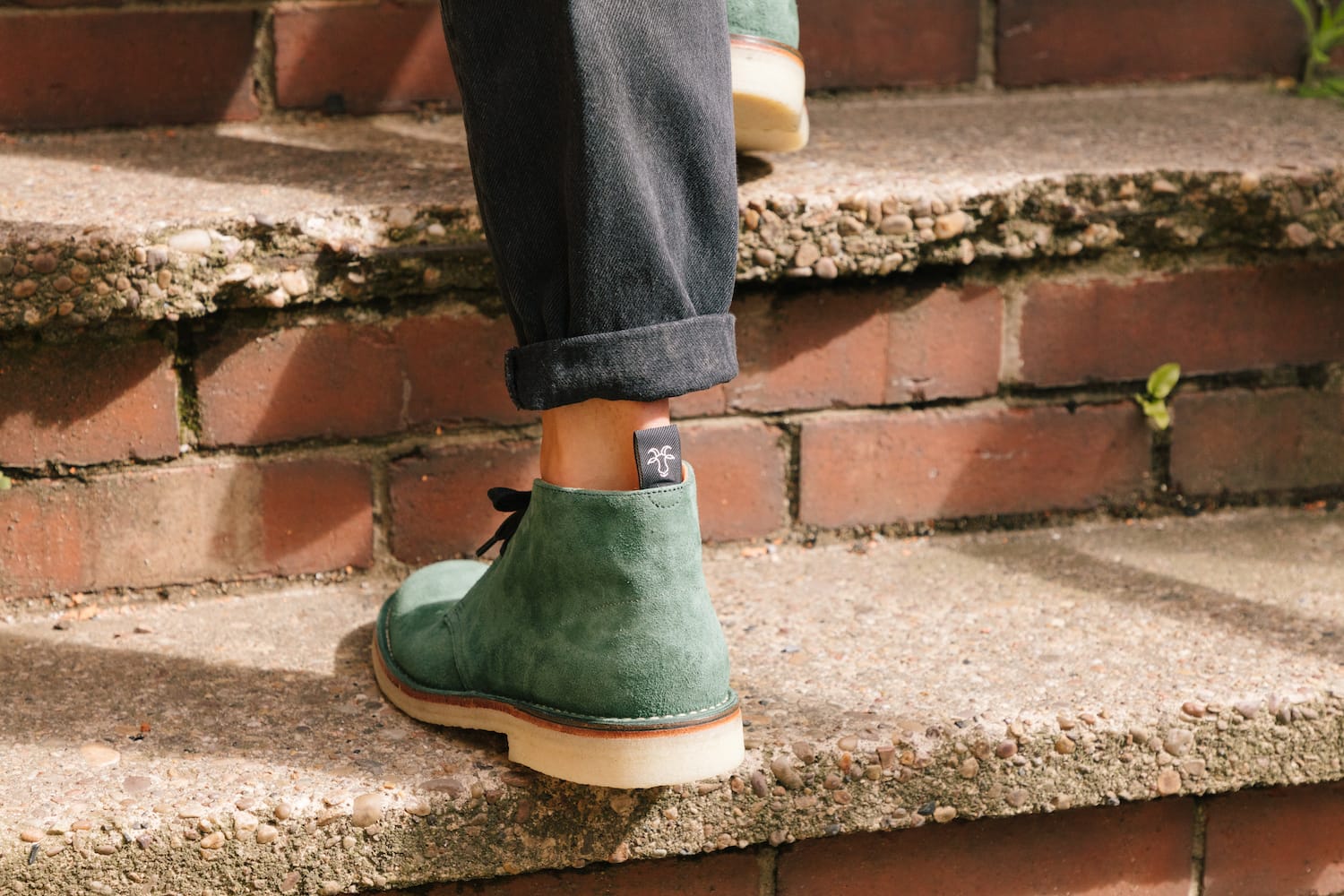Founded in 2016, Billy Tannery became the UK’s first goat leather micro tannery. Based in Leicestershire, we use goat skins that would otherwise go to waste and transform them into high-quality, timeless pieces including shoes, bags, and aprons. We have worked with many fantastic businesses since we opened including Cabrito Goat Meat, The Fife Arms, The Royal Scotsman, Goral & Sons, and Silo.
Our goal has always been to make exceptional products within a UK-based, circular design process that utilises the resources we have, respects the planet, and minimises waste. That’s why in 2022, we began using deer leather too, with the inception of our Parkland range. And now, we’ve been given an exciting opportunity to collaborate with the renowned Balmoral Estate. Using deerskins sourced from the grounds, we have crafted an exclusive range of leather goods including a backpack, tote bag, wallets and smaller accessories that are available for purchase from the estate shop.
To mark the launch, here we explain our partnership in more detail so that you can understand the Balmoral deer stalking process and the part Billy Tannery plays.
Balmoral Castle and Estate
Situated in Ballater, Aberdeenshire, Balmoral Castle has been the Scottish home of the Royal Family since it was purchased from the Farquharson family by Prince Albert for Queen Victoria in 1852. Balmoral Estate lies within Cairngorms National Park and spans 50,000 acres, around 8,000 of which are covered with trees.
As a working estate, it includes grouse moors, forestry, and farmland. It is home to a large variety of wildlife including golden eagles, Scottish wildcats, squirrels, ospreys, and mountain hares. It also has managed herds of Highland cattle, ponies, and deer. The principal mammal on the estate is the red deer with a population of between 2,000 and 2,500.
How are deer populations managed at Balmoral Estate?
Balmoral Estate runs a humane deer management programme to control the population that lives there whilst recognising the value and importance that deer have within Scotland’s biodiversity.
Balmoral Estate even organises events for the public where they can spend a few hours with the Head Stalker to discover how red deer on the estate are managed, see target demonstrations, and learn about stalker training.
Why is deer culling necessary at Balmoral Estate?
Control of deer populations in Scotland is necessary for several reasons. As a prey species, deer breed more rapidly than is necessary for the conservation of their population. Their numbers can increase tenfold over a decade if left unmanaged.
Deer can damage plants that are essential for tackling climate change and provide habitats for other wildlife. For instance, estimates suggest that there has been a 50% decline in wild bird numbers in areas that deer populations inhabit because of deer eating the low, dense vegetation that some bird species rely on.
Deer are also known to affect the age diversity of woodlands by stripping bark from old trees. This kills the trees, reducing the number of tree species present within specific locations. Furthermore, deer can cause damage to crops, which has agricultural and financial implications.
Balmoral Estate is not the only location in the UK that has planned deer culling. Richmond Park in London, for example, conducts two annual culls.
Billy Tannery partners with Balmoral Estate
Known for its environmental stewardship, the team at Balmoral was seeking opportunities to use the byproducts of its deer management programme. Home-produced venison is served in the on-site café and castle kitchens, with the rest sold to local butchers and game dealers. Until now, the deerskins have mostly been a waste product which meant Billy Tannery was uniquely placed to offer an end-to-end solution that could make use of the animal hides.
We took the skins that would have otherwise ended up in landfill and treated them using a time-honoured, environmentally conscious, vegetable tanning process at our midlands-based micro tannery. We used natural bark extracts to preserve the hides, keep the collagen intact and stop proteins from breaking down.
Our deer leather is finished by our partner Waltham Tannery based in Louth, Lincolnshire. It undergoes as little finishing as possible to enhance the character of each skin, rather than mask it. The main focus at this stage is on colour but we also add a delicate finishing oil for protection and subtle gloss. For the Balmoral range, we opted for a classic rich brown tone which we think perfectly balances sophistication and practicality.
Once ready for use, the deer leather was crafted into a range of products including backpacks, tote bags, wallets, and accessories. Our founder Jack said of the range “Having spent the last two years developing our Parkland deer leather range, it was a real honour to begin this partnership with Balmoral, such an iconic estate. I’m incredibly proud that we can take what was a waste product and turn it into luxury items that will last for decades.”
We hope you can share our enthusiasm for this project. It’s not just a big deal for Billy Tannery but also a great step forward in sustainability. Why not explore our other deer leather products by looking at our Parkland deer range? Of course, you could always take a trip up to Scotland and visit the Balmoral Estate shop too!


































